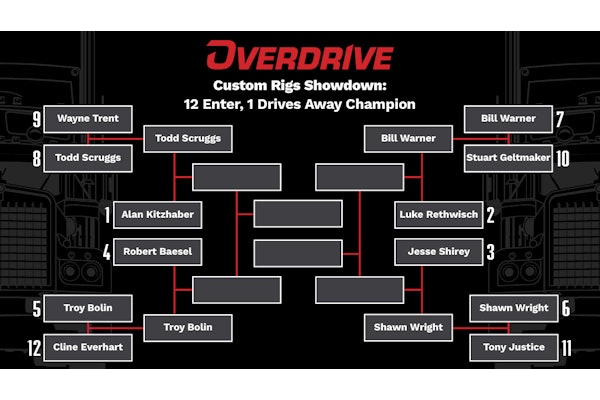Oil might cost more than you realize, especially if you’re not getting maximum use of it. Do a typical change yourself, and it still costs about $250 or more for the oil alone.
But assume you extend your change interval from 15,000 miles to, say, 25,000 miles. That extension over the million miles of an engine’s expected lifetime would save a ton. Allowing a modest amount for disposal costs and nothing for downtime or labor, the total savings from adding 10,000 miles to change intervals over 1 million miles would amount to almost $8,000.
Truthfully, oil life is quite flexible. A competent operator can extend that life significantly by paying attention to maintenance and altering operational behavior. Minimizing idling time alone will extend life significantly because idling puts more undesirable stuff in the oil than even hard driving. Responsible refiners are willing to stand behind their products even when extending changes.
Three keys to extended drains
- Use good filtration practices. Proper filtration extends the life of oil. Use a filter that will meet all the engine manufacturer’s specifications and always change it at the recommended interval. Involve the filter supplier in considerations of extended drains. You might need better capacity for dirt or better internal construction.
- Choose the right oil grade. All premium oil refiners offer diesel oils that are extended drain-capable. Lubricants with a lower initial viscosity grade number are better for cold starting under harsh conditions. This allows many operators to curtail idling, which helps extend change intervals.
- Get routine oil analysis by a qualified laboratory. At the point of a potential oil change, the oil is either clean enough to keep using it or dirty, already causing damage. New engines exhibit levels of contaminants that remain from initial construction of the radiator, oil cooler and exhaust gas recirculation cooler.
Knowing not only the miles on the oil, but also the total hours the engine has run, is critical to knowing whether a contaminant is coming from outside and likely to cause damage.
If you buy oil from an oil supplier and consistently use the same brand, it’s possible the oil refiner will offer free oil analysis. If not, ask your supplier or engine dealer for information on a reputable lab. A good analysis report should come at a fairly nominal cost. Analysis should be performed at every drain if using extended intervals. The lab will test for wear metals. This tells if components are wearing out and which component it might be.

Lead and copper together indicate bearing wear, while iron and chromium together could mean cylinder and ring wear.
Are necessary additives present in the correct quantities? The test will tell, as well as if contaminants such as fuel dilution, soot, water or coolant are present in dangerous quantities. Finally, the test will show the oil’s physical properties, such as viscosity, total base number (TBN), oxidation and nitration.
Good information also allows you to correct budding problems before they cause damage. An oil analysis report indicating fuel dilution can be a sign of a failing injector; if that goes unrepaired, it will cause excessive wear metals and bearing failure.
Coolant intrusion is another problem that can go unnoticed but is detected easily with oil analysis. Coolant in the oil will strip out the zinc and cause high wear metals and ultimately premature engine failure.
When you see high soot levels, check the charge air cooler and for exhaust restriction and low operating temperatures.
Overdrive’s 2023 Trucker of the Year Jay Hosty used oil analysis for more than a decade to push the limits on extended drains in his Detroit-powered 2006 Western Star. Analysis led to extension to a 100,000-mile change interval, without a bypass oil filtration system. He still achieved well more than 1 million miles with the engine before an eventual, 2024 overhaul early in the year.
Read next: Beating predatory truck tows -- the Partners in Business guide









